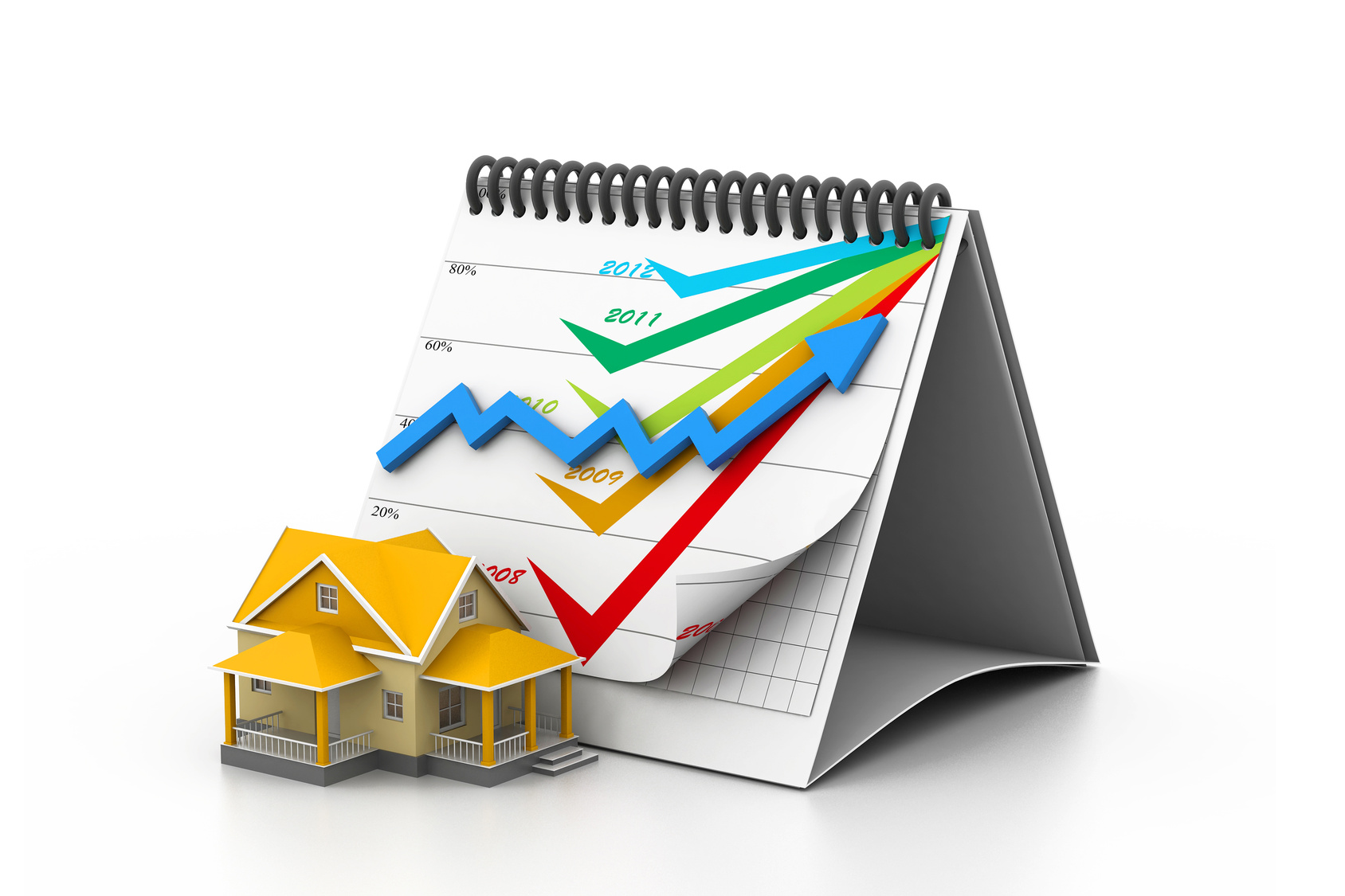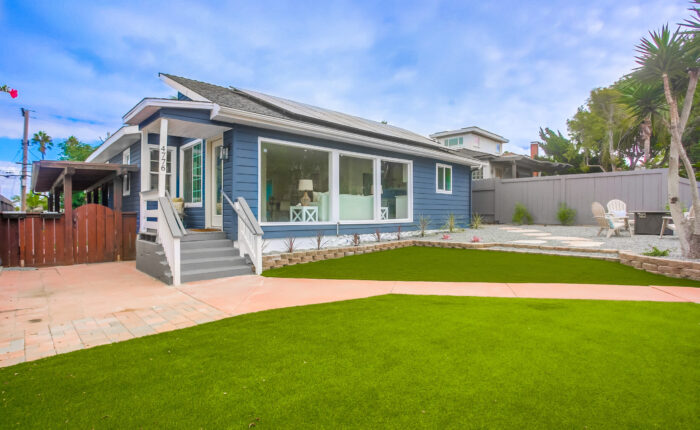Debates regarding our current standing in the housing sector recovery continue to facilitate an ambiguous response from the public. Many people are unsure of the status of the industry. How are markets around the country really performing? More importantly, what is the outlook going forward?
While most real estate investors and market observers may be seeing positive indicators and signs of improvement, others continue to see a significant disparity between the headlines and what’s going on in their local neighborhoods. Some of these individuals are still debating whether or not the foreclosure crisis is really over. Others, including Realtors, are making it worse by declaring the market red hot in many areas.
So what’s really going on, and what’s on the horizon?
The latest report from the National Association of Realtors shows that single family home prices rose in almost 90% of U.S. cities during the third quarter of 2013. Subsequently, 30 percent of them experienced double digit home price increases.
However, experts have been quick to point out that these improvements are coming up from a “low base.” Even the hottest markets have seen prices that are still significantly lower than their previous peaks. Many properties continue to go for a fraction of their previous value. Data shows a 39 percent decrease in actual completed foreclosures, but with a healthy balance of inventory for 5 months.
5 of the best performing cities for home price gains:
- Sacramento, CA
- Atlanta, GA
- Las Vegas, NV
- Punta Gorda, FL
- Los Angeles, CA
Illinois recorded the largest declines for the third quarter.
However, Illinois is not the only place to see foreclosures continue. From New York to South Florida and California, there are still plenty of foreclosures and non-performing loans in the process of going to foreclosure.
Many of these troubled loans, and now abandoned properties, have been working their way through the pipeline for years. However, these are not all old defaults. There were still billions of dollars in bank owned REOs and delinquent mortgage loans on the books of lenders as we entered October 2013. Surprisingly for many, the bulk of these are newer defaults. Then there are the almost 30 percent of HAMP modifications which, as of now, are re-defaulting and being poured into the distressed property pot.
Few consider these delinquent loans to be a serious threat to the current improvements in the housing sector. This certainly isn’t a small number of distressed loans and properties by any means. However, even if current momentum were to slow most buyers, real estate investors would be happy to take advantage of the opportunity.
Looking forward, analysts and real estate experts from a broad spectrum are all forecasting continued improvements in all real estate sectors and predicting quite a fierce competition. Professionals are still bullish on residential real estate and are readying to make big moves on construction REOs.
For those trying to gauge how much longer the current upswing will last and how high it will go, there is no need to guess. Just look at predictable housing cycles from the black and white data. It is pretty obvious home values have quite a lot of gas left in them and there is no logical reason to assume this run will be anything less than another 7 to 15 years.








